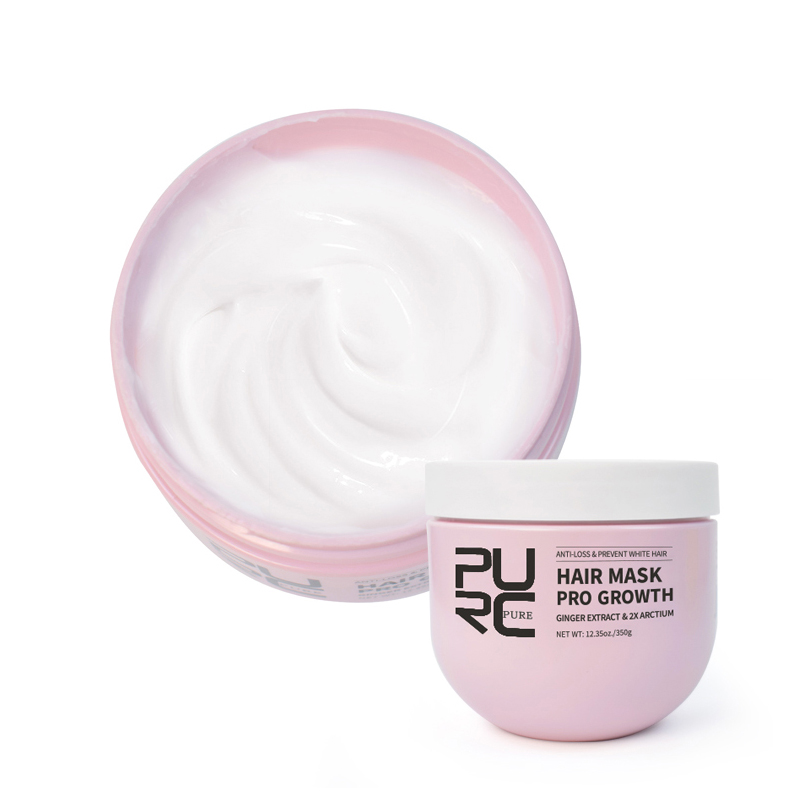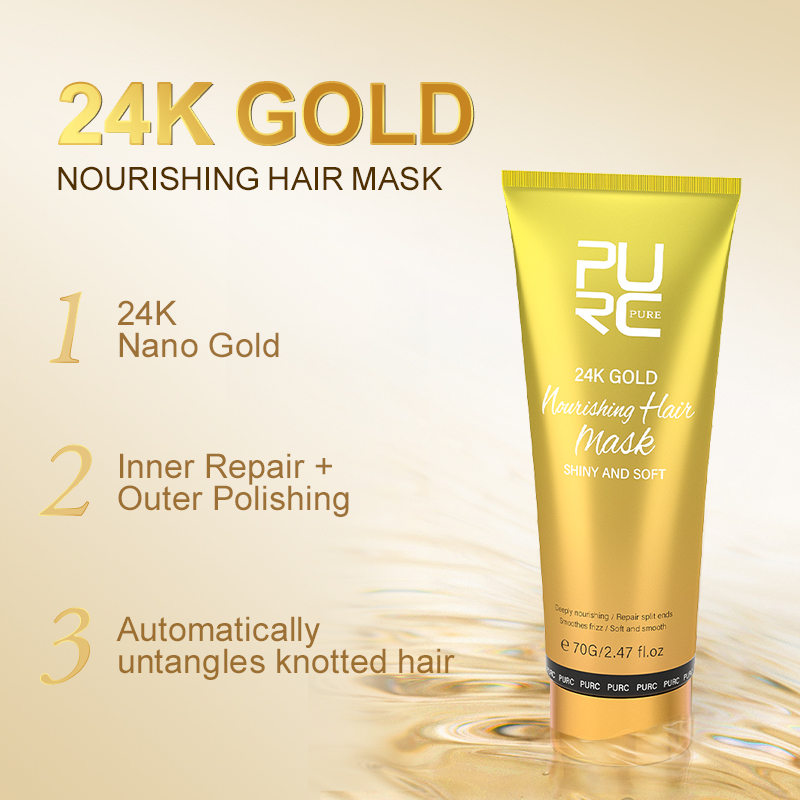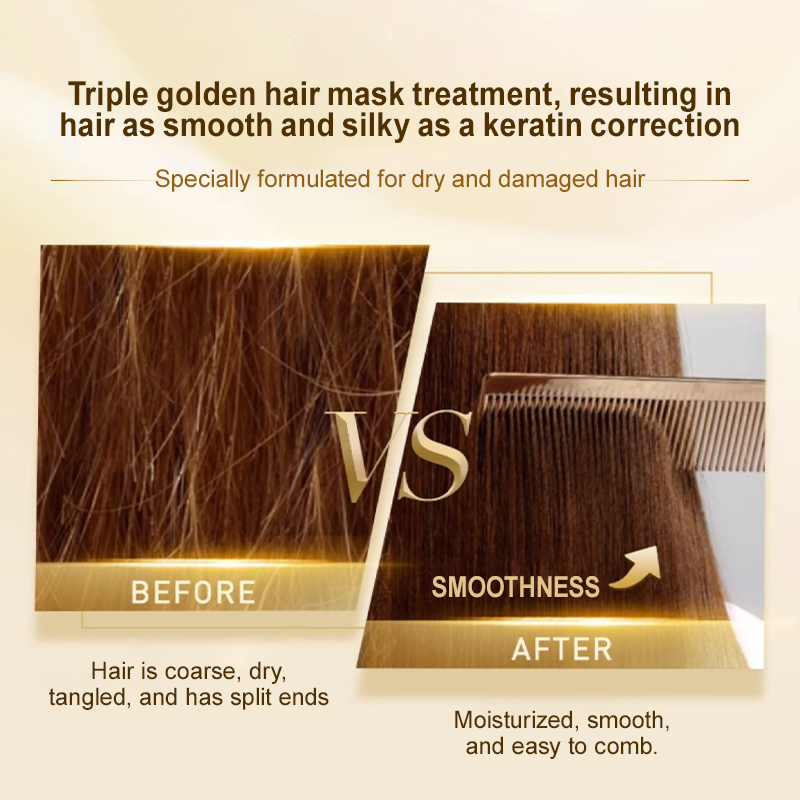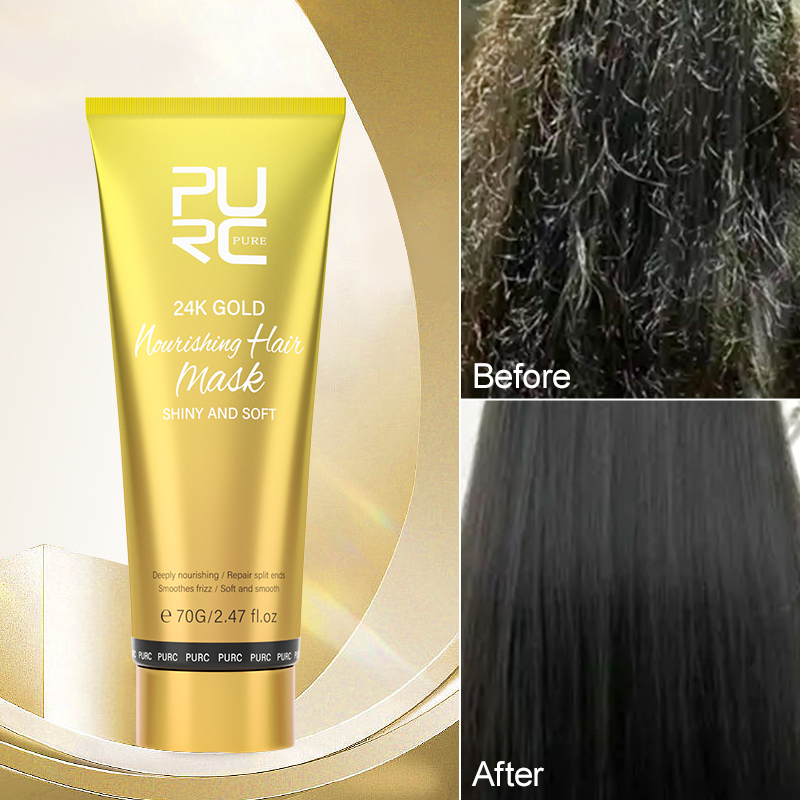Introduction
The quest for healthy, vibrant hair often leads us to explore various products and treatments. Among these, hair masks stand out as a potent tool for rejuvenating and transforming hair health. Unlike regular conditioners, hair masks offer a deeper level of conditioning and repair, making them an essential component of a comprehensive hair care routine. This guide will walk you through everything you need to know about hair masks—from selecting the right one for your hair type to applying it effectively and maximizing its benefits.

Understanding Hair Masks
What Are Hair Masks?
Hair masks are intensive conditioning treatments designed to provide deep nourishment and repair to the hair. They differ from regular conditioners in their formulation and application. While conditioners generally work on the surface of the hair to detangle and smooth, hair masks penetrate deeper, offering a more intensive treatment. They are typically thicker and more concentrated, with a higher level of active ingredients.
There are various types of hair masks, each targeting specific needs:
- Hydrating Masks: These masks are designed to replenish moisture and combat dryness. They are ideal for those with dry, brittle, or damaged hair.
- Strengthening Masks: Containing proteins and vitamins, these masks help to fortify the hair shaft, reduce breakage, and improve overall strength.
- Color-Protecting Masks: These are formulated to preserve hair color and prevent fading, making them suitable for color-treated hair.
- Scalp Treatments: Focused on improving scalp health, these masks can help with issues like dandruff or irritation.
Benefits of Hair Masks
Hair masks offer a multitude of benefits, contributing significantly to hair health:
- Deep Conditioning and Nourishment: They provide intense hydration and nourishment, which helps in restoring the natural moisture balance of the hair.
- Repairing Damage and Preventing Breakage: The concentrated ingredients in hair masks repair damaged hair cuticles, reducing split ends and preventing further breakage.
- Enhancing Shine and Manageability: Regular use of hair masks can result in shinier, softer hair that is easier to style and manage.
- Soothing Scalp Issues: Certain hair masks can also address scalp concerns such as dryness, itchiness, or dandruff.
Choosing the Right Hair Mask
Identifying Your Hair Type
Choosing the right hair mask begins with understanding your hair type and needs:
- Dry Hair: Look for masks with hydrating ingredients like argan oil, shea butter, or hyaluronic acid.
- Oily Hair: Opt for lighter masks that won’t weigh the hair down, such as those with clay or charcoal.
- Curly Hair: Hydrating and curl-defining masks can enhance bounce and reduce frizz.
- Straight Hair: Choose lightweight masks that add shine without making the hair greasy.
- Color-Treated Hair: Color-protecting masks with ingredients like antioxidants and UV filters help maintain color and shine.

Key Ingredients to Look For
The effectiveness of a hair mask largely depends on its ingredients. Here are some key components to consider:
- Hydrating Ingredients: Argan oil, shea butter, glycerin, and aloe vera are excellent for adding moisture and softness.
- Strengthening Ingredients: Keratin, biotin, and hydrolyzed proteins help rebuild and fortify hair structure.
- Natural and Organic Options: Ingredients like coconut oil, honey, and essential oils are beneficial for those seeking more natural formulations.
- Avoiding Harmful Ingredients: Steer clear of masks containing sulfates, parabens, and silicones, as these can lead to build-up and damage over time.
Reading Labels and Reviews
Understanding the ingredient list is crucial when selecting a hair mask. Look for products that list active ingredients near the top of the list. Reviews and ratings from other users can also provide insights into the mask’s effectiveness. Professional recommendations from stylists or dermatologists can further guide you in choosing a product tailored to your specific needs.
How to Apply a Hair Mask
Preparation Steps
Proper application of a hair mask is key to achieving the best results:
- Washing Hair Before Applying: Start with clean, damp hair to allow the mask to penetrate more effectively.
- Towel-Drying Hair: Remove excess water with a towel to prevent dilution of the mask and ensure better absorption.
- Detangling Hair: Use a wide-tooth comb to gently detangle hair, making it easier for the mask to spread evenly.
Application Techniques
To get the most out of your hair mask, follow these techniques:
- Sectioning Hair: Divide hair into sections to ensure even application. Apply the mask from roots to ends, focusing more on the mid-lengths and ends if your scalp is not particularly dry.
- Application Tips: Use a generous amount of product, and avoid applying it directly to the scalp unless specified. For curly hair, ensure the mask is evenly distributed to define curls and reduce frizz.
- Using Tools: Brushes or combs can help in applying the mask evenly and distributing it throughout the hair.
Timing and Frequency
- Optimal Duration: Most masks should be left on for 10-30 minutes. Follow the product instructions for the best results. For deep conditioning, you may leave the mask on longer, up to an hour.
- Frequency of Use: Depending on your hair type and condition, using a hair mask once a week or bi-weekly is generally effective. Adjust based on your hair’s specific needs and response.

Maximizing the Benefits
Enhancing Penetration
- Using Heat: Apply gentle heat to enhance the absorption of the mask. Use a warm towel or shower cap to create a thermal effect, which opens the hair cuticles and allows for deeper penetration.
- Scalp Massage Techniques: Massaging the scalp while applying the mask improves blood circulation and ensures even distribution. It also helps in relaxing and promoting hair growth.
Post-Mask Care
- Proper Rinsing: Rinse thoroughly with lukewarm water to remove any residue without stripping the hair of its moisture.
- Following Up: Use a leave-in conditioner or hair serum to lock in moisture and provide additional benefits. Avoid heat styling immediately after using a hair mask to allow the hair to retain its moisture.
Long-Term Hair Care Routine
- Incorporating Hair Masks: Make hair masks a regular part of your hair care regimen. Consistency is key to achieving and maintaining healthy hair.
- Complementary Practices: Protect your hair from environmental damage by wearing hats or using UV protection sprays. Avoid excessive heat styling and chemical treatments to prevent further damage.
- Healthy Diet: Support your hair’s health from the inside out by maintaining a balanced diet rich in vitamins and minerals essential for hair growth.
DIY Hair Masks
Homemade Hair Mask Recipes
For those who prefer natural solutions, DIY hair masks can be a great option:
- Hydrating Avocado Mask: Mash 1 ripe avocado with 2 tablespoons of honey and 1 tablespoon of olive oil. Apply to damp hair and leave for 20 minutes before rinsing.
- Strengthening Banana Mask: Blend 1 ripe banana with 2 tablespoons of yogurt and 1 tablespoon of coconut oil. Apply to hair and leave for 30 minutes before rinsing.
- Scalp Soothing Mask: Mix 2 tablespoons of aloe vera gel with 1 tablespoon of honey and 1 teaspoon of tea tree oil. Apply to the scalp and leave for 15 minutes before rinsing.
Pros and Cons of DIY Hair Masks
- Benefits: DIY masks are often made from natural ingredients and can be customized to target specific hair issues. They are usually cost-effective and free from synthetic chemicals.
- Drawbacks: Homemade masks may lack consistency and can be challenging to store. There is also a risk of allergic reactions, so patch-testing ingredients is recommended.
Common Mistakes to Avoid
Overuse of Hair Masks
- Signs of Over-Conditioning: Hair that feels greasy, weighed down, or lacks volume may be a sign of overuse. Adjust frequency to avoid these issues.
- Preventing Overuse: Follow product recommendations and listen to your hair’s needs. Using a lighter mask or reducing the frequency can help balance moisture levels.
Incorrect Application
- Common Errors: Applying too much product or using the wrong type of mask for your hair can lead to suboptimal results. Ensure even distribution and follow the mask’s intended use.
- Consequences: Incorrect application can result in uneven results, product buildup, or exacerbated hair issues.

Ignoring Hair Type and Needs
- Tailored Treatments: Choose masks that address your specific hair concerns. Avoid one-size-fits-all solutions that may not effectively target your hair’s unique needs.
- Understanding Needs: Regularly reassess your hair’s condition and adjust your mask selection and usage accordingly.
Not Following Instructions
- Importance of Guidelines: Adhering to the product’s instructions ensures optimal results. Each mask has specific usage guidelines to follow for maximum efficacy.
Expert Tips and Advice
Hair Stylist Recommendations
- Professional Insights: Hair stylists can offer personalized recommendations based on your hair type and condition. Consult with a professional for tailored advice and product suggestions.
- Maintaining Healthy Hair: Stylists may provide additional tips on maintaining hair health between treatments, such as recommended products and styling techniques.
Product Reviews and Comparisons
- Popular Hair Masks: Research popular and highly-rated hair masks to find one that suits your needs. Look for products with positive reviews and high customer satisfaction.
- **Effectiveness and Price**: Compare masks based on their effectiveness, price, and ingredients. Consider value for money and long-term benefits when making a choice.
Trends in Hair Masks
- Emerging Innovations: Stay informed about new trends in hair masks, such as advanced formulations and eco-friendly options. Innovations in ingredients and technology can offer enhanced benefits.
Conclusion
Hair masks are a powerful tool in achieving and maintaining healthy, beautiful hair. By understanding how to choose, apply, and maximize the benefits of hair masks, you can transform your hair care routine and enjoy the results of healthier, more radiant hair. Incorporate hair masks into your regular regimen, and you’ll be well on your way to achieving the hair of your dreams.
Final Thoughts: Embrace the benefits of hair masks and make them a regular part of your hair care routine. With the right approach, you’ll experience improved hair health and vitality.
Call to Action: Share your experiences and tips on using hair masks. Explore further reading or resources to continue your journey toward optimal hair health.
FAQs
Common Questions
- Can You Leave a Hair Mask on Overnight?: While some masks are formulated for overnight use, it’s important to follow the specific instructions on the product. Leaving a mask on for too long may cause over-conditioning or other issues.
- How Often Should You Use a Hair Mask?: The frequency depends on your hair type and condition. Generally, using a hair mask once a week or bi-weekly is effective for maintaining healthy hair.
- Can Hair Masks Help with Hair Loss?: Hair masks can improve overall hair health and reduce breakage, but they may not directly address hair loss. Consult a healthcare professional for concerns about hair loss.

Expert Answers
- Best Practices for Using Hair Masks: Follow the product’s instructions for best results. Use a mask that matches your hair type and condition, and avoid overuse to maintain balance.
Further Reading
- Books: “The Science of Hair Care” by [Author Name], “Hair Care Rehab” by [Author Name]
- Articles: Explore additional articles on hair care from trusted beauty websites and magazines.
Community and Support
- Online Forums: Join forums and groups dedicated to hair care, such as [Forum Name] and [Group Name], to connect with others and share experiences.



